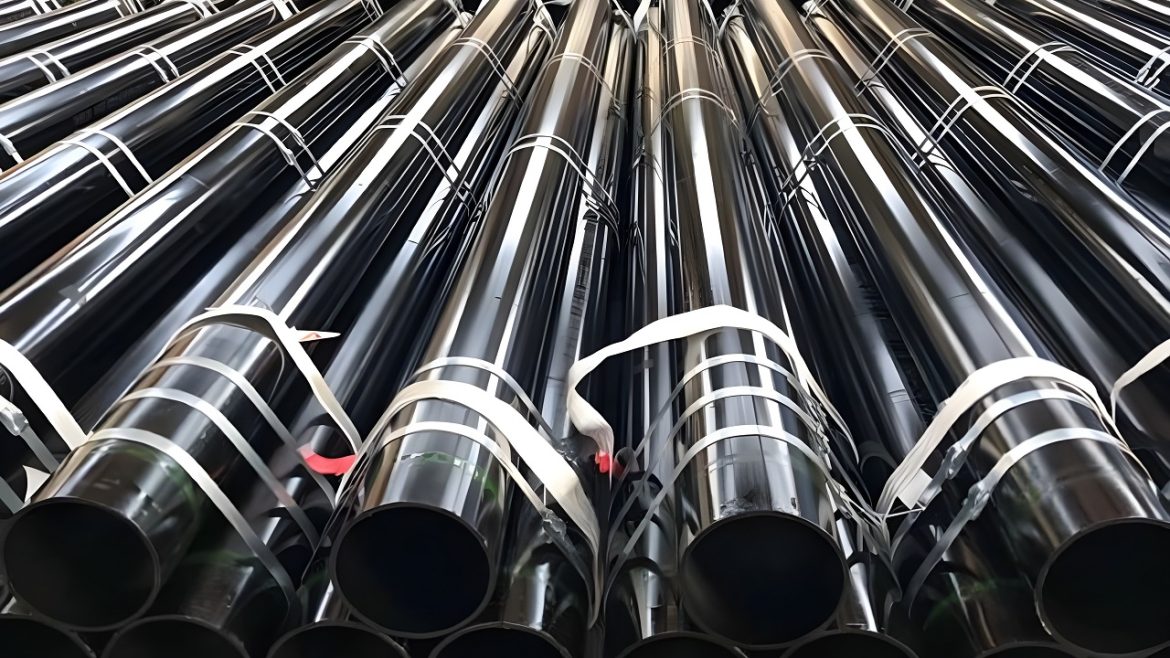Using high-quality materials is crucial when building long-lasting structures. Because of their durability and adaptability, AS1163 C350L0 pipes are widely used in the building industry. Understanding the chemical composition analysis of AS1163 C350L0 Pipe with CNAS Certificate is crucial for ensuring their quality and dependability. Let’s take a closer look at this fundamental component of their effectiveness.
Importance of Chemical Composition Analysis
One of the most essential factors in a material’s mechanical properties, corrosion resistance, and general usefulness is its chemical composition. Not everything is made with AS1163 C350L0 pipe. The minimum yield strength of these cold-formed structural steel hollow sections is 350 MPa. They are cold-formed, as denoted by the “C” prefix, and must pass impact test criteria, as indicated by the “L0” suffix. But their chemical makeup is the real deal when it comes to performance.
Sampling Methods for Accurate Analysis
Chemical analysis of AS1163 C350L0 pipes is crucial, so getting reliable results is a top priority. AS/NZS 1050.1 and ISO 14284, two common sampling protocols for metals and alloys, guarantee reliable results. While ISO 14284 takes representative samples from throughout a batch, AS/NZS 1050.1 requires sampling at discrete intervals. ISO 14284 is better suited to smaller batches or more in-depth analysis, but both methods provide high accuracy.
Composition Breakdown
AS1163 C350L0 pipes’ properties are significantly affected by their chemical makeup. Strength, ductility, and corrosion resistance are all optimized by fine-tuning the composition. Various elements, including carbon, silicon, manganese, phosphorus, sulfur, chromium, molybdenum, aluminum, titanium, and micro-alloying elements, influence the pipes’ properties. Achieving the optimal balance between these properties ensures the pipes’ structural integrity under various forces and loads.
Ensuring Structural Integrity
Manufacturers of AS1163 C350L0 pipes guarantee that every batch does so by adhering to rigorous chemical composition analysis standards. These pipes find widespread use in the building and repair of infrastructure, such as buildings and bridges. Pipes’ ability to withstand the stresses and strains that these buildings are subjected to over their lifetimes can be further ensured by analyzing their chemical composition.
Impact on Mechanical Properties
AS1163 C350L0 pipes’ mechanical properties are sensitive to their chemical makeup. The elemental makeup of a material affects its mechanical properties, including its yield strength, tensile strength, elongation, and resistance to impact. Achieving the optimal balance between these properties ensures the pipes’ structural integrity under various forces and loads.
Conclusion
In conclusion, constructing long-lasting structures requires thoroughly familiarising the chemical composition analysis for AS1163 C350L0 pipes. These pipes are widely used in the building industry because of their reliability and versatility. Their chemical makeup supports their performance, which is a major determinant of mechanical qualities, corrosion resistance, and general suitability. Accuracy is ensured when sampling strategies such as AS/NZS 1050.1 and ISO 14284 are used. The carbon, silicon, and manganese used to construct these pipes are carefully balanced to achieve optimum structural integrity under various stresses and loads. Manufacturers confirm batch excellence via rigorous chemical composition analysis, guaranteeing the dependability of these pipes in crucial infrastructure projects. Construction stakeholders can be equipped to promote safer, more robust structures by realizing the critical importance of chemical composition analysis.
